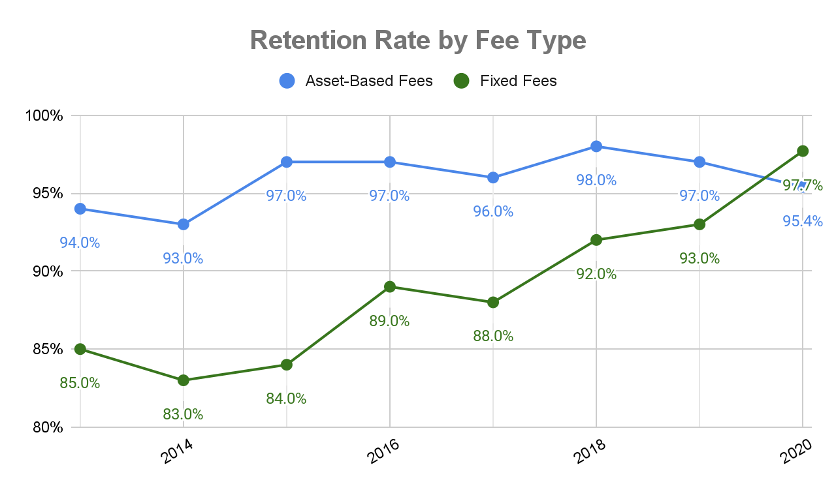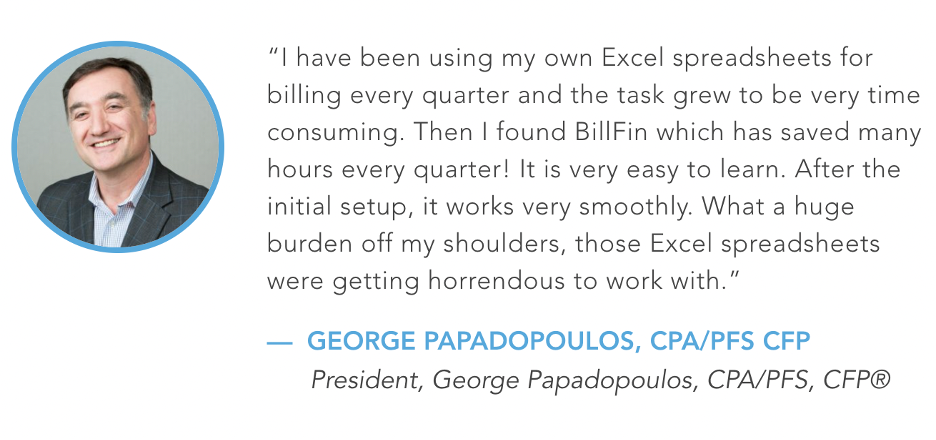

Pricing innovation is good, but manual billing can be painful
July 13, 2023 | Financial Industry
This post was originally published on Envestnet’s blog.
In financial services, billing may not be a favorite topic for some. It can be time consuming, complex, and often just… uncomfortable. Very few financial advisors chose their profession because they enjoy discussing fees or billing with their clients. But no advisor can stay in business if they don’t.
Successful advisors know that they have to set aside time to explain their pricing structure, or structures, and address billing questions during client meetings. They also have to set aside time for their office staff to manage the billing process. Believe it or not, there are countless advisory firms in the U.S. that still calculate each client’s bill and advisor’s commission manually, using excel spreadsheets, on a monthly basis. Add to that, many states (e.g., Florida, New York, California) have compliance regulations and require firms to provide invoices to clients. It is easy to forget what a labor-intensive monthly task billing can become.
It doesn’t have to be that way. Regardless of your firm’s pricing structure or size, there is technology that can make billing a less complex and more streamlined process for all involved.
Pricing variety is good, even if it adds complexity
As recently as a decade ago, financial advisors made a large portion of their income through commissions. They didn’t see the same client twice unless there was another relevant product to sell. Today we know this is not a sustainable business model. Tired of the hamster wheel that is commission-based pay, advisors looked to build more lasting relationships with their clients and focus on opportunities to personalize their clients’ experience. Combined with regulatory efforts such as the SEC’s Regulation Best Interest, commission-based fee structures are becoming far less desirable.
As the industry moves away from commissions, fee and subscription-based pricing structures are taking their place. Clients are often charged a fee-based on a percentage of AUM, which is the most common non-commission source of revenue. Such a system is in use in approximately 90% of firms, according to data compiled by InvestmentNews.[1]
That same study also shows that flat fees are gaining in popularity, and are now used by a quarter of firms. Flat-fee-based pricing removes ambiguity around what the client pays and is a good fit for clients who may have pushed back on the variability of AUM fees.
Options like subscription pricing (which has risen in popularity the last few years) and hybrid billing (which often combines fee-based billing with subscription service offerings) add even more flexibility and room for innovation in the industry, creating even more opportunity to tailor a client’s experience. More options give advisors more ways to meet their clients’ needs, but the variety of pricing structures can also add to the complexity of billing.
Regardless of the fee type, commission-based pricing is on its way out. InvestmentNews’ 2013 survey of the top 25 firms pegged commissions as 52% of revenue and fees 34%, practically the opposite of today, where commissions made up 34%, but fees 54% of revenue.[2] Part of the improvement may be due to drastically improved retention rates among fixed-fee clients.
Pricing structure impacts client retention
Today’s alternative fee structures perform just as well as traditional models. RIA advisory firm Herbert & Company found that from 2013 through 2020, retention rates for AUM clients generally stayed around 95% or higher.[3]

Source: Herbert & Company
The same was not true of fixed-fee pricing. In 2014, RIAs retained an average of 83% of those clients. However, by 2021 nearly 98% of fixed-fee clients maintained their relationship with their advisor – as retention of asset-based clients fell to its lowest point since 2014.
While 95% of clients paying asset-based fees are still retained, the rising popularity of fixed-fee pricing is important to note. The improvement in retention rates may be due to both aggressive pricing strategies by fixed-fee firms and overall improvement in the value of fixed-fee services.
Revenue and billing management tools can help
Boston-based Redi2 Technologies, Inc., creators of the industry leading revenue and billing management platform, was acquired by Envestnet in July 2022 becoming part of Envestnet’s ecosystem of technology, solutions, and intelligence.
Redi2 by Envestnet is hyper-focused in the niche area of financial services billing and has earned the confidence of many of the world’s leading financial institutions. Over 1,000 financial services firms (750 of which are client-facing financial advisory firms), with aggregated assets under management or administration of over $10 trillion, calculate their complex fee types with Redi2 by Envestnet’s solutions[4].
Redi2 by Envestnet’s BillFin™ solution is an advisory billing solution designed for RIAs, independent financial practitioners, and broker-dealers. With BillFin, end-users can finally ditch spreadsheets and gain the speed, accuracy, auditability, and operational controls they need. The tool:
- Increases operational efficiency
- Identifies and plugs fee leaks
- Easily integrates with the major custodians
- Automates custom billing scenarios and invoices
- Simplifies workflows to minimize errors and shorten billing cycles
In addition to being a part of the Envestnet ecosystem, BillFin also has a deep integration with Schwab Advisor Services™, the industry’s largest provider of custody, trading, and support services to independent investment advisors.
CALLOUT:

Billing doesn’t have to be hard
Pricing structure innovation is a good thing for clients and for advisors. As pricing structures beg for more personalization, so does the need to scale those operational efforts. Technology platforms like BillFin help to keep that innovation from becoming a billing headache. To see how BillFin might be a good fit for your practice, explore www.redi2.com/billfin/ and request a demo or free trial.
To learn more about Envestnet’s broad ecosystem of services, products, tools, and technologies, visit www.envestnet.com/our-ecosystem.
The information, analysis and opinions expressed herein are for informational purposes only and do not necessarily reflect the views of Envestnet. These views reflect the judgment of the author as of the date of writing and are subject to change at any time without notice. Nothing contained in this piece is intended to constitute legal, tax, accounting, securities, or investment advice, nor an opinion regarding the appropriateness of any investment, nor a solicitation of any type.
FOR INVESTMENT PROFESSIONAL USE ONLY ©2023 Envestnet. All rights reserved.
[1] InvestmentNews, Flat fees gain traction among advisers critical of asset-based pricing. April 5, 2022.
[2] Investment News, Fee revenue surged at the largest IBDs last year. May 2, 2022.
[3] RIA Intel, Two Wealth Management Trend Lines Cross for the First Time. June 9, 2021.
[4] As of 6/15/23
